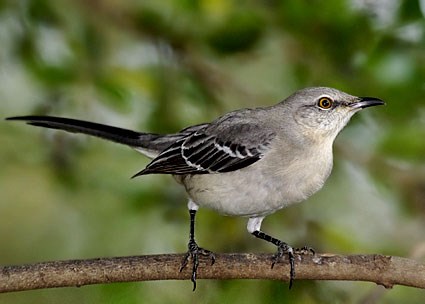This feeder measures 27" tall and 12" wide. The 1.5" wire cage only allows small birds.
Bail retaining clips keep squirrels from gaining access to seed hopper.
Quick release base makes cleaning this feeder much faster.
Introducing the high capacity caged feeder by Woodlink. This is one sturdy feeder! Made from thick gauge metal and ¼” PVC, this feeder will provide many years of service and protection against squirrels, starlings, and grackles. At the top of the feeder, there are two large bail clips that keep pesky squirrels from being able to lift the lid and get to the seed. Under the lid is a huge hopper for reserve seed. This hopper easily holds more than a gallon of seed, not to mention what’s in the tube underneath it. The tube itself is made from a 3” piece of PVC, six large seed ports great for sunflower or any favorite seed blend, and a quick release base for easy cleaning of any accumulation that may build up in the bottom of the tube. The cage that surrounds the feeder is a 1.5 inch coated wire grid that works very well at keeping out squirrels and birds cardinal size or larger.
If you’re looking for a large capacity feeder that also keeps out squirrels, starlings, and grackles, stop by and check out this feeder!





![wood_thrush_LOGO[1].jpeg](https://images.squarespace-cdn.com/content/v1/578ff19b9f7456c15b63f7e7/1516383707445-8MB4T4P72ICRRBJL55IL/wood_thrush_LOGO%5B1%5D.jpeg)
